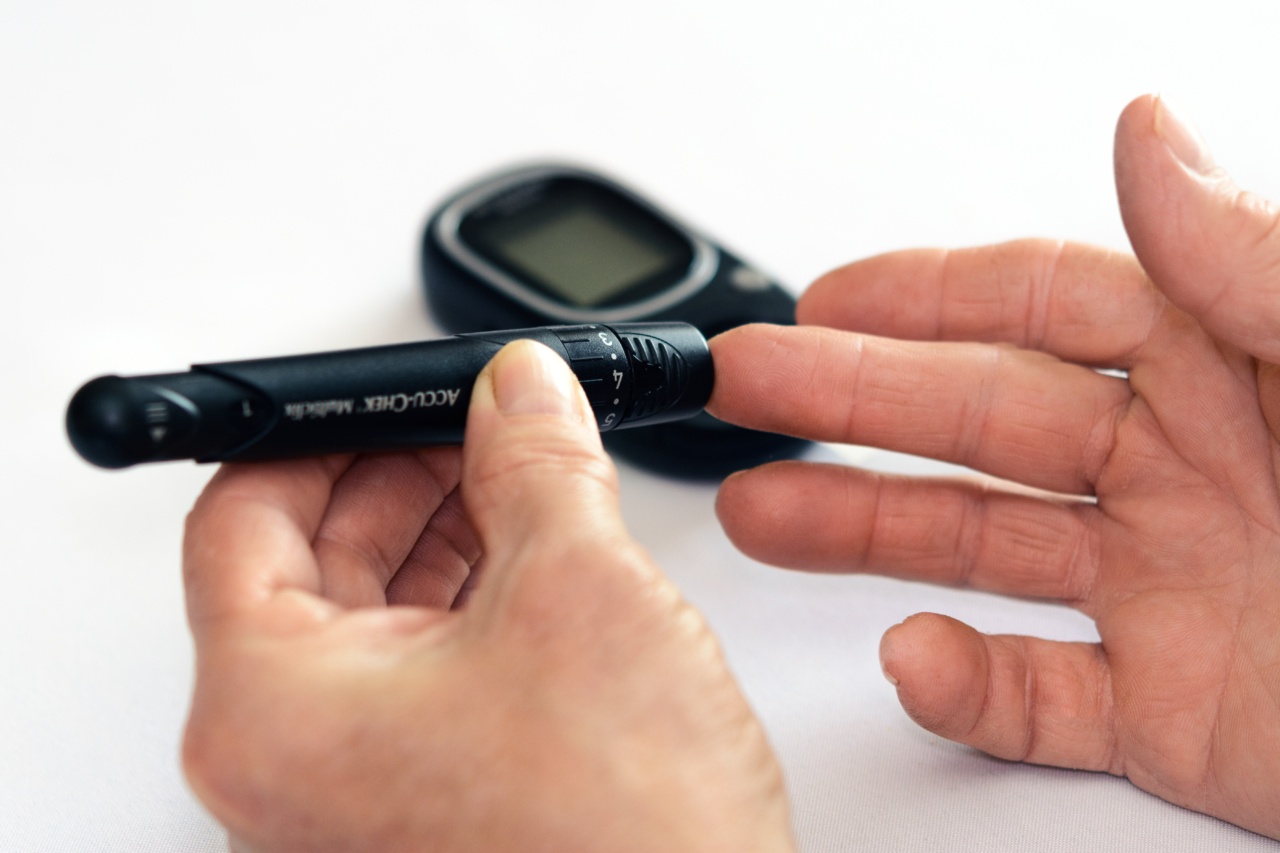A stroke occurs when the blood supply to the brain is disrupted, leading to the death of brain cells. This can result in different symptoms depending on the location and the severity of the stroke.
While there are different causes of stroke, high blood sugar levels, also known as hyperglycemia, can increase the risk of a person having a stroke. Therefore, one of the ways to manage and prevent stroke is by monitoring your sugar levels regularly and making necessary adjustments to your lifestyle and medication. Below are some of the reasons why monitoring sugar levels after stroke is essential.
1. Prevents further stroke and complications
Monitoring your sugar levels regularly can help prevent a future stroke and other complications such as heart disease, nerve damage, blindness, and kidney disease.
High blood sugar levels can cause damage to the blood vessels that supply the brain, leading to a stroke. If you have already had a stroke, checking your sugar levels can help you avoid another stroke by keeping the blood vessels healthy and preventing inflammation and clotting.
2. Helps in stroke recovery
After a stroke, monitoring your sugar levels can aid in your recovery and prevent further damage to the brain.
High sugar levels are linked to poor neurological outcomes in stroke patients, including cognitive impairment, memory problems, and difficulty in doing daily activities. Keeping your sugar levels in check can help improve your brain function and increase the chances of a successful recovery.
3. Identifies other health problems
Checking your sugar levels can also help in identifying other health problems that can increase the risk of stroke, like diabetes. Diabetes is a condition where your body can’t produce enough insulin or can’t use it efficiently.
This results in high sugar levels in the blood, which can increase the risk of stroke and other complications. Monitoring your sugar levels can help you detect diabetes early and seek medical help before it causes damage to your health.
4. Helps in managing medication
If you had a stroke, you might be on medication to manage your blood sugar levels. Regularly monitoring your sugar levels can help you ensure that your medication is working effectively and make necessary adjustments in dosage or type of medication.
It can also help you understand how your lifestyle changes, such as diet and exercise, affect your sugar levels and adjust your medication accordingly.
5. Improves quality of life
Regularly checking your sugar levels after stroke can lead to a better quality of life. By preventing complications and managing your medication, you can improve your overall health and wellbeing.
You can avoid or reduce the risk of developing chronic conditions associated with high sugar levels, such as diabetes, heart disease, and kidney disease, which can have a significant impact on your life.
Conclusion
A stroke is a severe and life-threatening condition that requires long-term management and care. Monitoring your sugar levels after stroke is essential in preventing further complications, improving your health, and enhancing your quality of life.
If you had a stroke, talk to your healthcare provider or a diabetes educator to understand how to check your sugar levels, manage your medication, and make necessary lifestyle changes for a healthy and successful recovery.


























